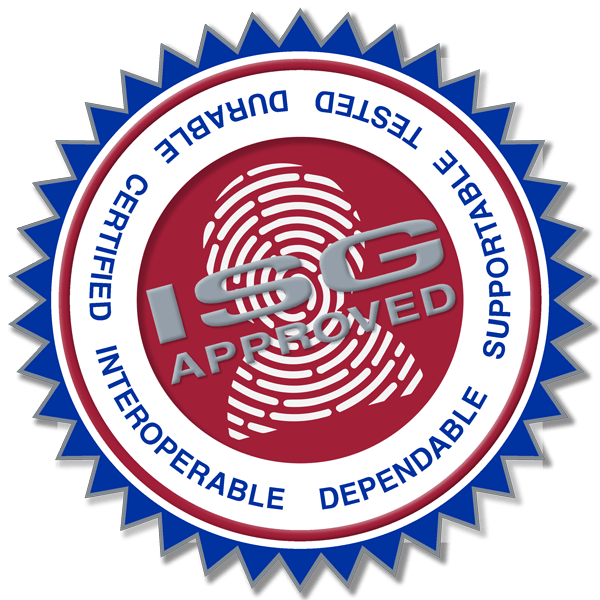Re-posted with permission from Campus Safety Magazine and edited.
This is the third and final part on a primer of proximity, smart card, smart phone credentials, readers and long-range solutions for campus access control.
Smart Phones as Credentials
About five years ago, smart phones as credentials appeared to be the new panacea. Everybody had a smartphone and always carried it with them. The belief was that with the adoption of smart phone credentials there would be no need to print or distribute cards. However, we learned that students and employees had different types of smart phones. They were a nightmare to incorporate into the existing system. Adding them drove systems installers and users crazy, and most were soon disbanded. The problem wasn’t with the new technology, it turns out; it was how the industry tried to retrofit their old system into the new solution.
Even today, some ID badge companies are trying to kluge their present offerings into new mobile solutions. For instance, does the unit incorporate a snap-on to the present card reader? That alone would make it not weatherized or secured against tampering. Bottom line, the mobile system needs to have been designed to be a mobile system, not just a hastily-produced option to the old card system.
Those days of “jerry-rigging” are over. All one needs to do anymore is to choose a smart phone credential system in which they place their order, just like they presently do for physical credentials, to receive credential information that is quickly emailed. Then, enter the credential ID details from their order summary sheet into their access control system software just like before. Finally, issue registration key certificates to the students and employees. It’s just that simple and error-free. To emphasize, there are no subscription or license fees required. Only the phone number of the phone is needed; no private information.
Installation is just as easy and safe. First, users go to either the Apple App Store or Google Play and download the wallet app. Enroll the devise. Keep in mind, no portal account or on-board information is needed. To add the credential, simply scan the QR code or enter the 16-digit registration key. Secure the AES encrypted BLE transmission and begin collecting data.
433 MHz Transmitters & Receivers
Note that with this technology the terms “transmitters and receivers” are used in place of “cards and readers.” The receivers support either two-button or four-button transmitters from ranges up to 200 feet. Each button outputs transmitter data, the user’s ID number or other data, over separate Wiegand outputs yet the receiver installs just like a standard proximity reader for easy integration with popular access control systems.
They are a terrific solution for long range access control applications such as gates and vehicle barriers, moving aircraft in and out of secure hangars, arming and disarming alarm systems as well as situations calling for emergency duress. Instead of using a card, which could activate more than one device or door at a time, the transmitter holder selects exactly the mechanism to be immediately triggered.
Available in either a two- or four-button configuration and equipped standard with a potted proximity or contactless smart card module, the transmitter can also be used as a traditional, presentation-style access credential. For example, a button may be pressed to activate a long-range application, such as a gated parking barrier, and then be presented to a proximity reader to allow entry through a door and into the building.
Why You Need to Know about OSPD
The Open Supervised Device Protocol (OSDP) is a communication standard lets security equipment, such as card and biometric readers from one company interface easily with control panels and equipment from another manufacturer. In other words, OSPD fosters interoperability among security devices. It also adds sophistication and security benefits through features such as bi-directional communication and read/write capabilities. A two-way channel paves the way for forward-looking security applications such as the handling of advanced smartcard technology, PKI, and mobile device access. Not only does it provide a concise set of commonly used commands and responses, it eliminates guesswork, since encryption and authentication are predefined.
In other words, OSDP helps ensure that numerous manufacturers’ products will work with each other. Interoperability can be achieved regardless of system architecture. For instance, the specification can handle smartcards by constantly monitoring wiring to protect against attack threats and serves as a solution for high-end encryption such as required in federal applications. The specification for handling LEDs, text, buzzers and other feedback mechanisms provides a rich, user-centric access control environment.
The Bottom Line
Whatever you may need as an ID badge system, you should be able to find a solution that meets your needs. Your local ISG expert has top-of-the-line, proven ID badging and access control solutions for your school, university, healthcare or corporate campus. ISG members provide a wide variety of cards, readers, software, printers, smart phone apps and more to help you build your own complete campus security solution.
Original article written by Scott Lindley for Campus Safety Magazine


